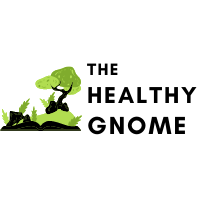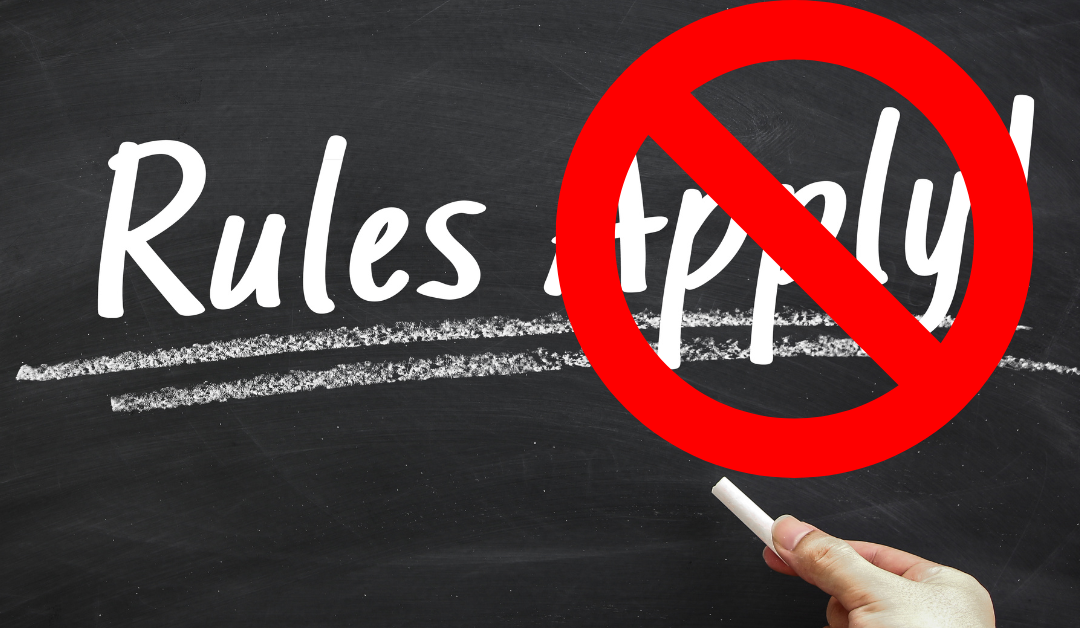Cheat exercises are something that not many people are talking about in the fitness world. AND, we do mean “cheat exercises” and not chest exercises, which was the only thing I could really find when trying to research this topic at first.
Warning Before Doing Any Cheat Exercises
Form is essential when exercising because you can hurt yourself if you compensate with other muscles, too much. If you’re planning to perform cheat exercises, please be careful and know that we’re not responsible if you hurt yourself.
What are Cheat Exercises?
Cheat exercises are when you perform any type of exercise without perfect form to try and push past your own limits. You might use momentum to your advantage on cheat reps, and you’re going to get a lot of hate on Instagram and social media for it.
You’ll see a lot of unfit people telling the world’s strongest people:
- Hey, you’re doing that wrong.
- Terrible form bro.
- Etc.
Form is important, and you don’t want to use cheat reps all the time, but they can be an important tool in your arsenal to promote muscle growth and strength gains.
Extended Set Cheats AKA Cheat Reps
Cheat reps work something like this:
- Perform the set with good form
- Keep pushing the set beyond your limit (when form gets bad)
- Push past your normal point of failure using momentum or by engaging other muscle groups
Performing strict bicep curls is a prime example of a time when you might use cheat sets. You’ll perform, let’s say 8 reps at whatever rep range and you’ve been stuck in a plateau for quite a while.
After a few weeks of struggling to break through the plateau, you decide to use cheat exercises. When you hit rep 8 and can’t perform another rep, you use momentum on the last repetition to bust out another rep or two or three.
You’re fatiguing the muscle further, and when the muscle fibers heal, they’ll be stronger.
Still not understanding?
Let’s assume that you’re performing seated rows. You’re doing amazing, your back is on fire and you feel like that’s It, you can’t perform another rep in isolation. You might start engaging your biceps more and breaking out of isolation to engage more muscles and get the extra rep or two in for the exercise.
That’s a cheat rep.
However, there is also another type of cheat exercise to know about.
Cheat Exercises with Heavier Weight AKA “Heavy Cheat”
Lifting heavy builds more muscle, and if that’s your goal, you need to push your limits in the gym. You can perform cheat exercises with heavy weight, but you need to be very careful and do them at your own discretion because you can hurt yourself in the process.
The idea is simple:
- Form is less strict
- Multiple accessory muscles are engaged
- You perform one or two reps
However, if you’re lifting heavy and beyond your normal capacity, this is often a discouraged training method due to the high risk of injury. In addition, anyone who has had injuries will want to avoid cheat exercises with heavy weight.
A prime example of cheating with heavy weight is doing a deadlift.
People that are cheating will jerk their back and force the weight up. Unfortunately, this is also a great way to destroy your back and be in pain for the rest of your life.

Why Cheating Get a Bad Name?
So, cheat exercises can be good and bad, but why do they have a bad name? Well, the main reason is that cheating like this is often done by beginners trying to look good in the gym and leads to injury.
You can cheat on some exercises more safely than others, and keep this in mind when trying this method.
Never Try Cheat Exercises for:
- Barbell bench press
- Barbell rows
- Calf raises
- Chest flys
- Deadlifts
- Leg curls
- Shrugs
- Squats
- Upfront rows
- Dips
- Preacher curls
- Skull crusher
- Chin-up
If you do cheat exercises with these and a few others, you’re really risking serious injury, especially in your back, which can lead to months out of the gym and years of pain.
Exercises Where Cheating is Less Risky
- Dumbbell curls
- EZ-bar curls
- Lat raises
- Lat pulldown (NOT behind the neck)
- Seated leg press
- Tricep pushdown
Also, if you plan on going into any competitions or to break records, the judges will disqualify you for cheating.
Tips When Performing These Exercises
If you’re doing cheat reps or heavy cheats, be sure to follow a few tips below:
- DO NOT mess around with your lumbar spine. If your spinal position is compromised at all, you risk hurting your back, which absolutely will set you back.
- PREPARE for the eccentric part of the movement, because you will need to control the weight you lift.
- FINISH with a cheat rather than start with it. 99% of what you do during your session should be with perfect form and muscle isolation. Just if you’re going to perform cheats, be sure that they’re the finisher for the muscle group you’re working.
How Often Should You Do Cheat Exercises?
What most people recommend is that you try making your gains the natural way. Perform your sets using strict form, add weight over time and break those plateaus.
However, it’s not recommended to:
- Perform cheat sets for more than 1 – 2 sets per body part
- Perform heavy cheats for more than 1 – 2 sets per body part
It’s often better to incorporate other tweaks to your workout to try and find ways to reach your goals without trying to cheat. The risk of injury is high, and if you’re trying to cheat on the wrong exercise, you can cause some serious damage to your body.
“Dumb cheating” gets you hurt, and “smart cheating” may help you add on a little more muscle and boost your strength if you’ve hit a sticking point and haven’t been able to bump the weight up in months.
Cheat exercises and reps will help you overload your muscles, breaking out of your typical isolation reps and allowing other muscles to assist on the rep.

